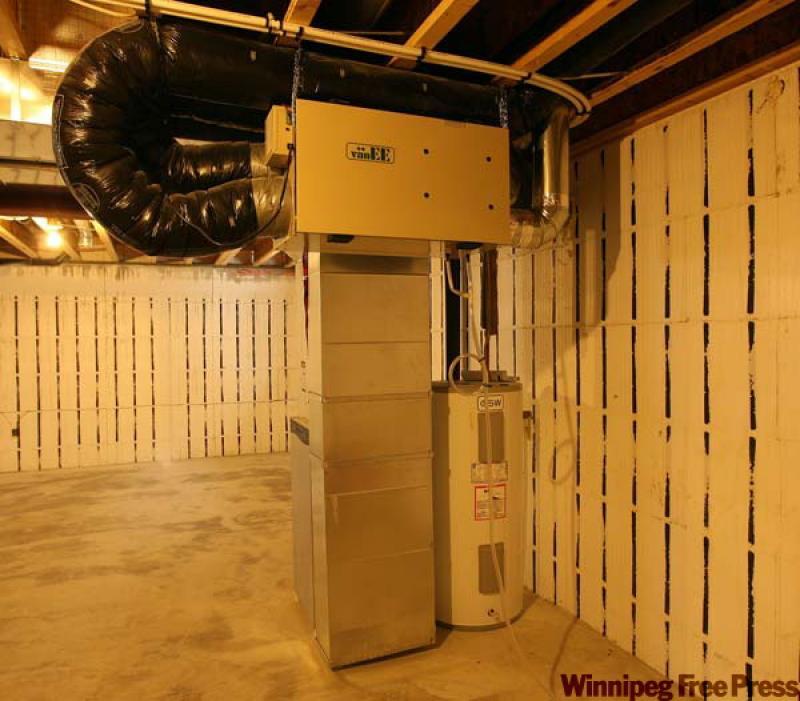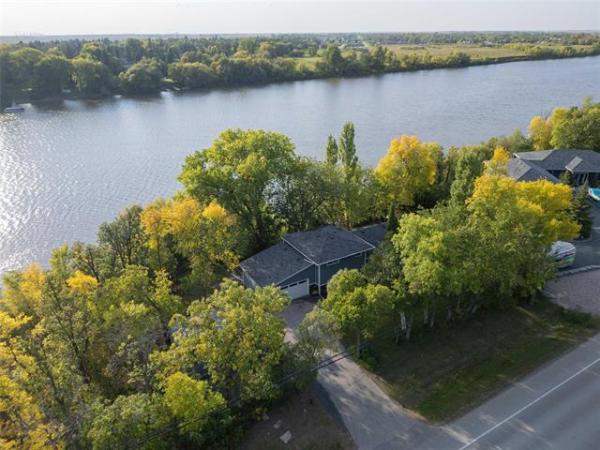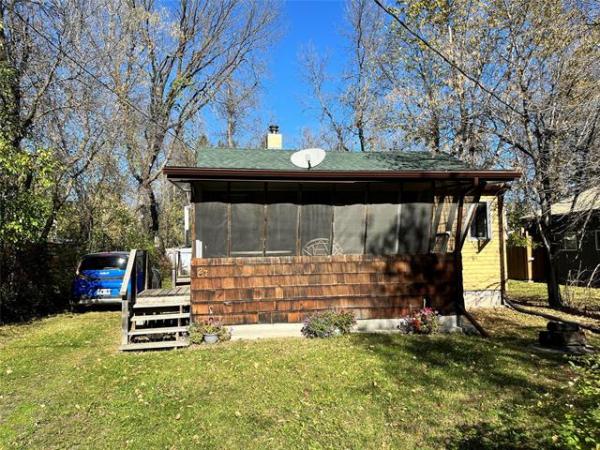QUESTIONS: Our home is 50 years old. Last year we had a Hydro home inspection and at that time it was suggested that we purchase a new furnace and add insulation to the attic. We did both and our house became much more energy-efficient. Since then we have had a serious problem with ice jamming. I contacted the contractor and he said it was just the weather conditions for the past two years. However, we feel there is still a problem.
Do you have any suggestions?
-- Joan warden, e-mail
I have been thinking of sending you my question for some time so I am hoping you may provide me with suggestions on what to look for to identify the cause of my home's moisture problem.
A high-efficiency furnace, electric hot water tank and air cleaner were installed in late fall. A few weeks ago, we noticed water droplets forming on the ceilings of two rooms at the front of the house. The droplets cover about half a metre from the outside wall across the front of the house. I did not notice this in the previous three winters in this house. We wipe off the droplets at least once a day. My exterior door and storm door are excessively iced up, so much that I have difficulty opening the doors and getting in and out of the house. My kitchen window, which was installed two years ago, has a lot more water and ice along the bottom of the window. I continually need to wipe up the pools of water on the ledge.
I have a pail under the closed-off chimney to catch dripping water. I have three adult children and three dogs living with me. I think this may be a factor with the doors being opened more, more humidity from showers and laundry, etc. I think the house was built in 1987. It's a bungalow, about 1100 sq. ft.
I am hoping that you might be able to provide some help.
Thank you for your consideration,
--J. Carriere, e-mail
ANSWER -- Today's topic will be explored in response to the flood of phone calls and e-mails I have received in the last week, since the temperature soared above the freezing mark, about moisture leakage issues. I thought this would be an ideal time to answer two of the many questions I receive each year on this very common problem.
During the course of numerous inspections that I perform each year in relation to leakage and moisture related problems, I have discovered some commonalities in many cases. As in both of your questions, the moisture issues often occur after upgrades are made for the sake of energy efficiency. The three most common upgrades to older homes in this regard are replacement of older furnaces, windows ands upgrades to attic insulation. While upgrades to this trio of items are admirable and highly recommended, it can create an unexpected and often unwanted side effect. Additional moisture inside the home is the typical result and steps must be taken to prevent problems like those you are both experiencing.
Home inspectors are trained to view houses as one large system, composed of many smaller, interconnected systems. A change in one or more of these smaller systems, whether they are structural, mechanical, or otherwise, will affect the overall performance of the house. In regard to your leakage and moisture issues, the energy efficiency upgrades completed have affected the exterior shell of the house, or building envelope. The reasoning behind this may be obvious with the new windows, which are much tighter than the old ones in reducing air leakage, but less so with the insulation and furnace. The added attic insulation also reduces air leakage through the top of the building envelope, into the attic. The least obvious of the three, in terms of reducing air loss, is the furnace.
Newer high-efficiency furnaces are different from older models in the way they vent exhaust. Older furnaces incorporate a large vent hood, which draws large amounts of house air to help force the warm exhaust from the furnace up the vent and chimney by convection. This dilution air from the home contains a significant amount of moisture, which is easily expelled up the chimney and out of the living space. High-efficiency furnaces do not vent through the old chimney and blow their products of combustion through plastic pipes directly out of the basement walls with a fan, integral to the furnace. Most models also have a second fresh-air intake pipe, which brings combustion air directly into the burner chamber from outside. Because of this design, and the closing of the chimney after your gas-fired water heater was changed to an electric model, significant additional amounts of moist air stay in the home during the heating season.
To complicate matters, the lack of natural ventilation from the old window and doors that have been upgraded prevents another large area of air and moisture leakage to the exterior. Due to convective air currents within the home, known as the "Stack effect," this moisture will now try to force its way up into the attic. Because many older homes have limited room around the perimeter of the attic between the underside of the roof and the ceiling for insulation, this area may be more subject to warm air intrusion and frost than the middle of the attic. When the weather warms in the spring, or in the recent warm weather, the frost will melt and may leak back into the house.
The key to managing this new issue is to try and minimize the moisture in the air in the home by reducing the relative humidity. This can be accomplished by extra usage of bathroom and kitchen exhaust fans, running the furnace fan continuously and ensuring other large sources of moisture such as clothes dryers are properly venting to the exterior. Any older furnace humidifiers should be removed or shut off and any other large source of unnecessary moisture in the home should be avoided.
Ari Marantz is the owner of Trained Eye Home Inspection Ltd. and the President of the Canadian Association of Home & Property Inspectors - Manitoba (www.cahpi.mb.ca). Questions can be e-mailed or sent to: Ask The Inspector, P. O. Box 69021, #110-2025 Corydon Ave., Winnipeg, MB. R3P 2G9. Ari can be reached at (204) 291-5358 or check out his website at www.trainedeye.ca.




